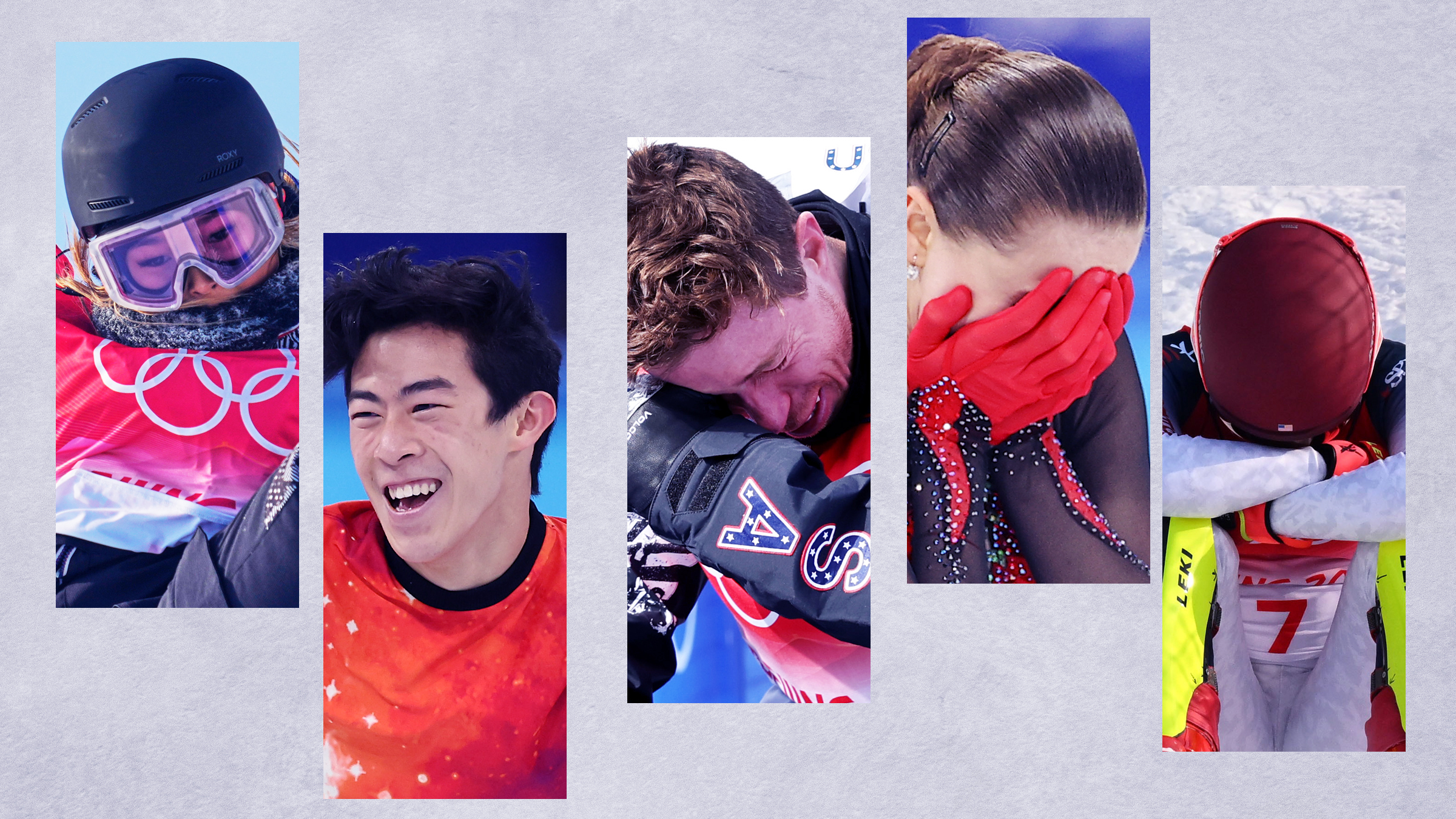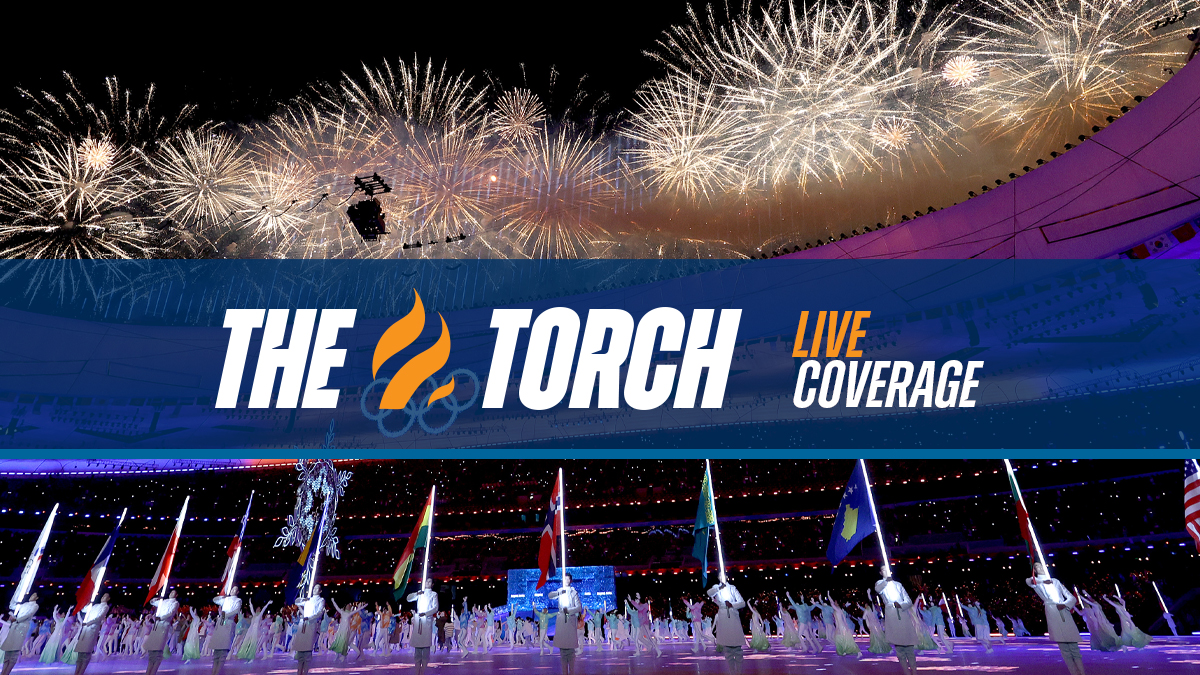One of the more thrilling sports at the Winter Olympics is back again for the 2022 Beijing Games.
Short track speed skating made its official Olympic debut at the 1992 Albertville Olympics, and has been a part of each Winter Games ever since.
Here’s everything you need to know about the event:
What are the rules of short track speed skating?
Get top local stories in Southern California delivered to you every morning. >Sign up for NBC LA's News Headlines newsletter.
In short track speed skating, skaters race counterclockwise in packs around a 111.12-meter oval-shaped ice track. The track is roughly one-fourth the size of the one used in long track speed skating.
The races, also known as heats, typically include between four to six skaters. There are no lanes that athletes are confined to and only the turns are delineated, with seven markers per turn. Skaters are primarily racing against one another rather than the clock in short track, which is one of the bigger differences compared to long track.
Skaters can be disqualified from events for several reasons. A skater is not allowed to deliberately block, charge, impede or push another skater. Other actions that can result in disqualification are having two false starts, skating inside the turn markers, slowing down unnecessarily, conspiring with another skater to affect the outcome of a race, deliberately kicking out a skate and diving across the finish line.
Beijing 2022 Winter Olympics
Watch all the action from the Beijing Olympics live on NBC
Yellow and red cards can also be handed out. A yellow card is given if an athlete breaks the rules in a manner that is deemed unsafe, harmful or hazardous by the referee. Committing two penalties in the same race also results in a yellow card. If a skater receives a yellow, they are disqualified from the race. Similar to soccer, a skater who receives two yellows gets a red card.
A straight red card is shown if a skater breaks the rules in a manner deemed intentionally dangerous or grossly negligent. Improper conduct on or off the ice can also result in a red card. Should an athlete receive a red card, they are barred from competing in the remainder of the Olympic competition. If the red card is given to an athlete during a relay race, their team will be disqualified from the event.
What equipment is used in short track speed skating?
Short track speed skaters race in boots made from fiberglass, graphite and Kevlar, with extremely sharp blades attached to the bottom. The blades are placed off-center and to the left so that the boot doesn’t touch the ground when skaters make strong turns. Athletes typically don’t wear socks.
The rest of a skater’s wardrobe includes a skin suit, protective padding (knee pads, shin pads, etc.), gloves and a helmet. Since skaters are allowed to put their hands on the ice to help themselves maneuver around turns, their gloves have hard plastic balls on the fingertips. Meanwhile, the skin suit is similar to what long track speed skaters wear, except it doesn’t have an aerodynamic hood or thumb loops.
How fast do short track speed skaters go?
Short track speed skaters reach speeds exceeding 30 mph. Comparatively, long track speed skaters can go upwards of 35 mph.
Are falls and collisions in short track speed skating common?
The combination of traveling at high speeds and the pack-style of racing can cause falls and collisions, which certainly aren’t uncommon. If a skater gets taken out by a competitor who fell, that skater may be allowed to advance in the competition if he/she was in contention to advance prior to the collision. That ruling is determined by the chief referee.
What are the different events in Olympic short track speed skating?
There are nine events in Olympic short track speed skating – four men’s, four women’s and one mixed team. The men’s competitions include 500m (4.5 laps), 1000m (nine laps) and 1500m (13.5 laps) races, as well as a 5000m team relay (45 laps). The individual women’s races are the same lengths, but the relay event is 3000m (27 laps).
The mixed team relay is making its Winter Olympic debut in Beijing. The event consists of teams of four (two men, two women) competing in a 2000m (18 laps) race.
What is the history of short track speed skating?
Short track speed skating first surfaced in Europe toward the end of the 19th century and caught on in North America in the early 20th century.
At the 1932 Lake Placid Games, the long track speed skating events featured the pack-style of racing due to its popularity in North America. But it wasn’t until the 1988 Calgary Games that short track speed skating was first included at the Olympics as a demonstration sport. The sport made its official Olympic debut four years later in Albertville.
Which country has the most medals in short track speed skating?
South Korea has dominated short track speed skating at the Olympics, winning the most golds (24) and total medals (48) of any country. At the 2018 Pyeongchang Games, South Korea claimed the most gold medals (three) and combined medals (six).
China has the second-most golds with 10, but is tied with Canada for the second-most medals overall at 33.
The United States is fourth in golds (four) and total medals (33). John-Henry Krueger won Team USA's lone short track medal in Pyeongchang, taking silver in the men’s 1000m. Krueger has since switched his national affiliation and will represent Hungary in Beijing.
Team USA’s last gold medal came at the 2006 Torino Games, courtesy of Apolo Ohno in the men’s 500m.




